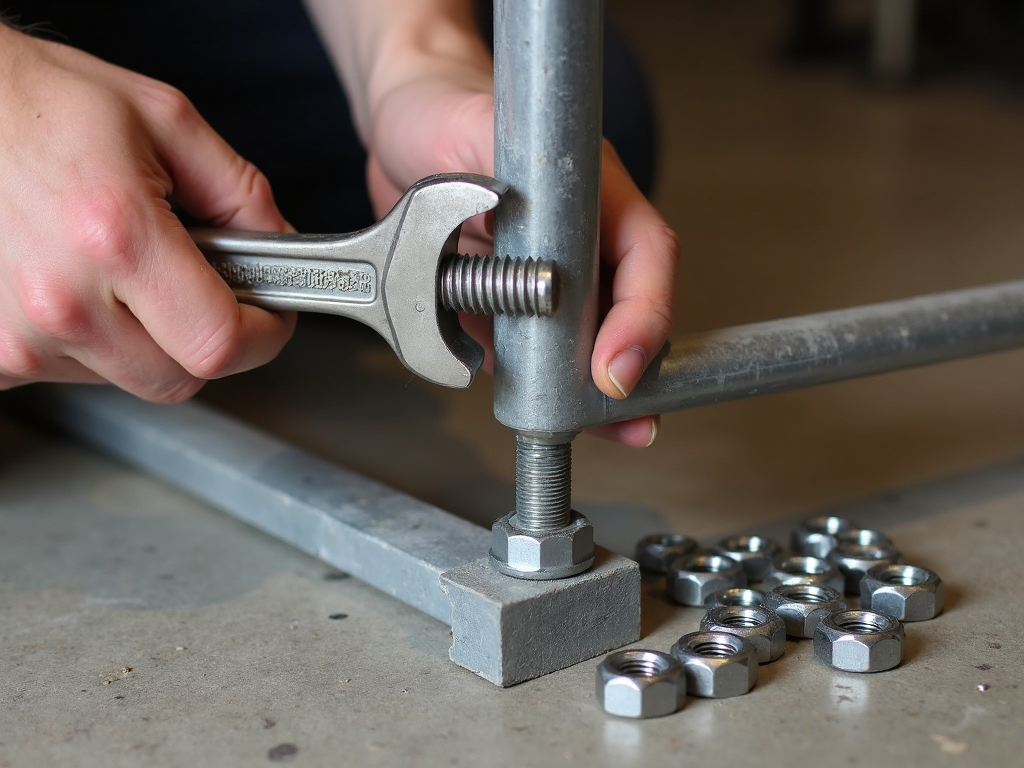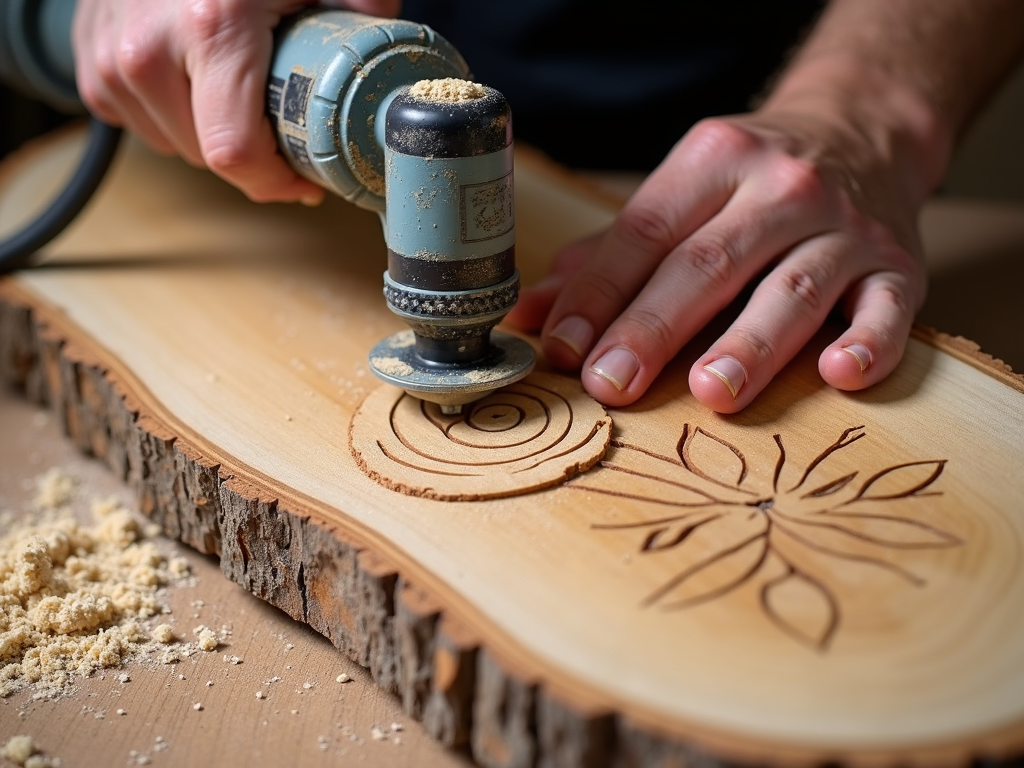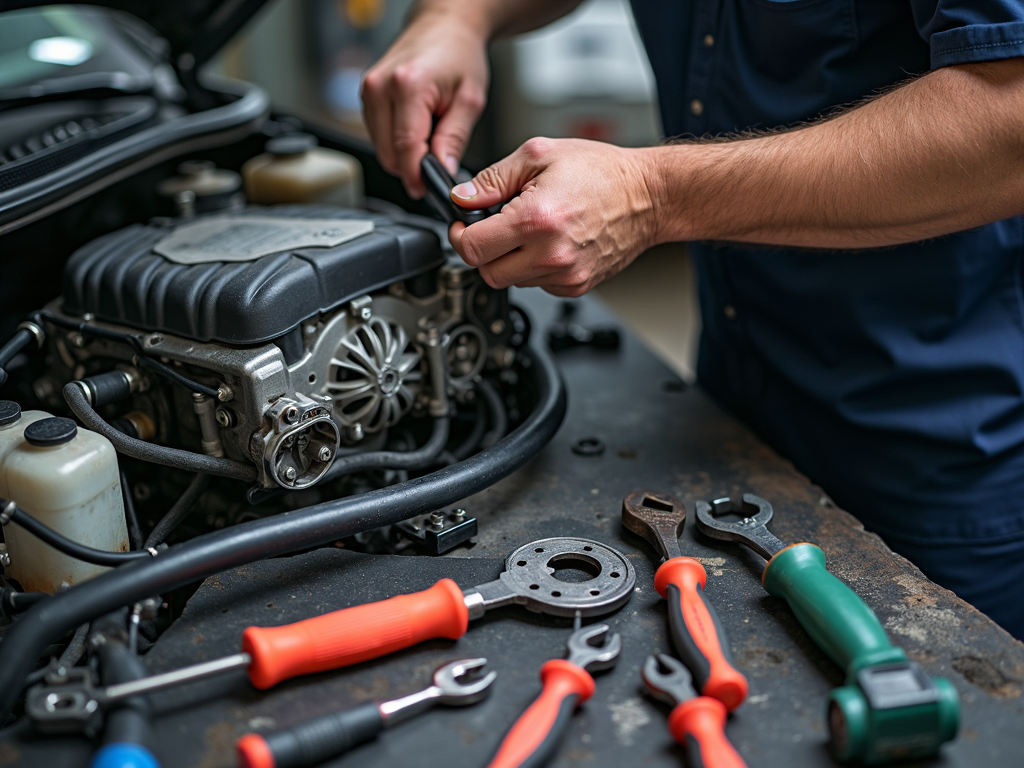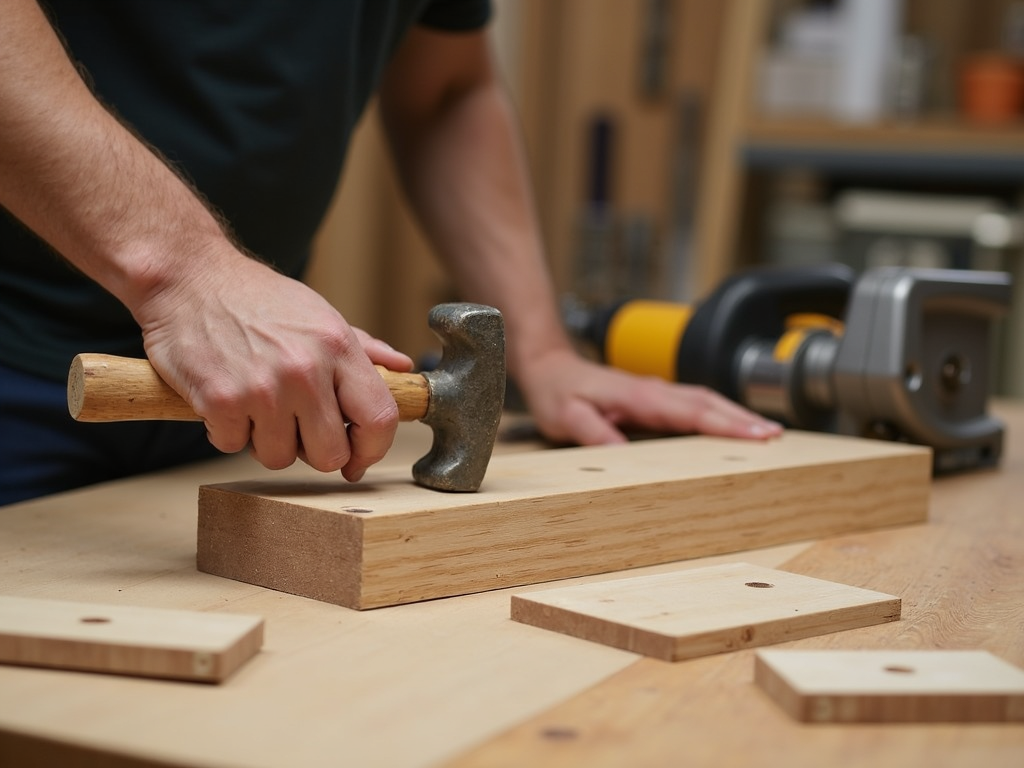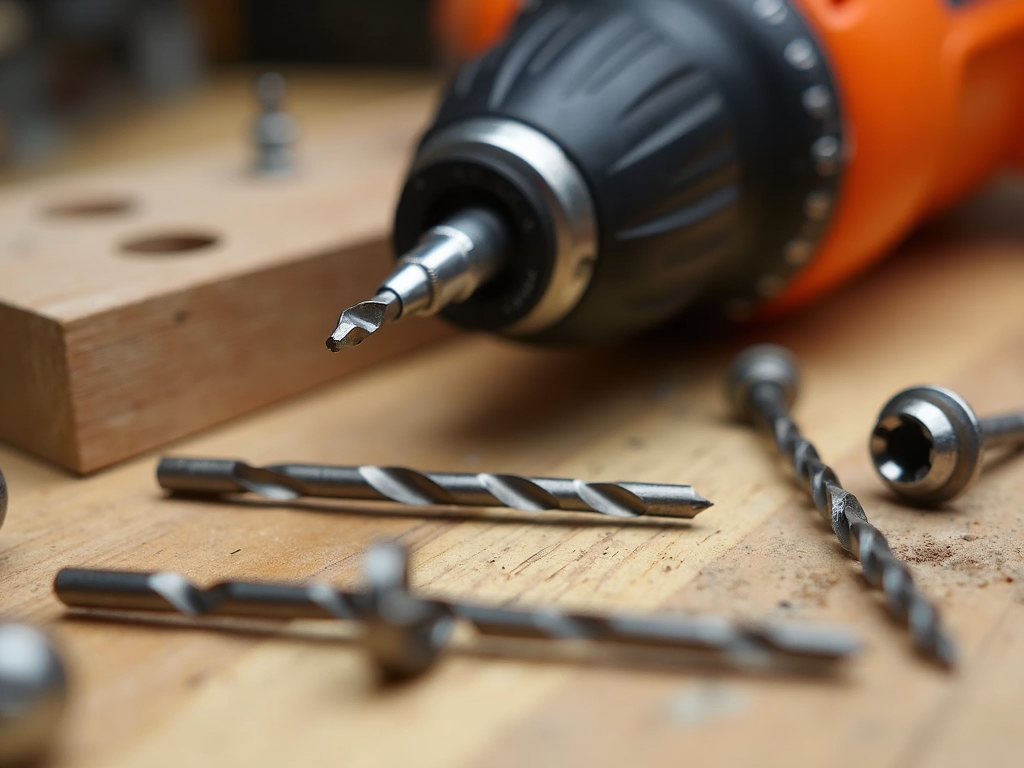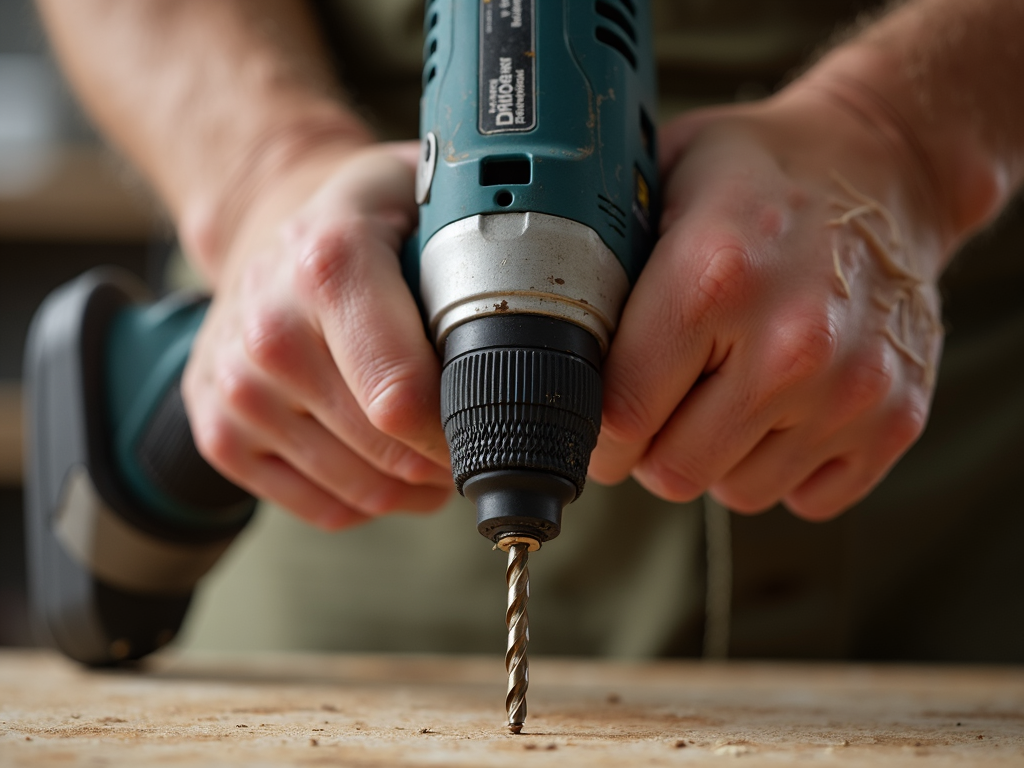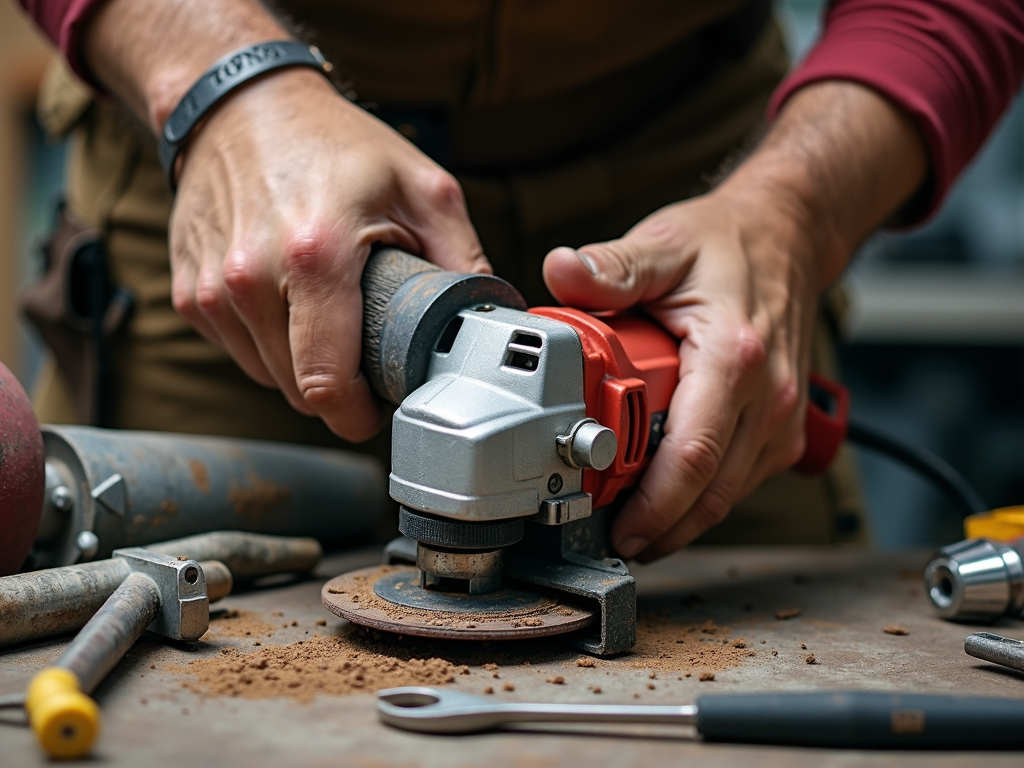Advanced Toolbox Organization Ideas
A well-organized toolbox can make or break your workday. Whether you're a seasoned handyman or just starting, Advanced Toolbox Organization Ideas help you save time, reduce stress, and keep your essential tools—like hammers and screwdrivers—ready when you need them. This guide dives into practical strategies, personal experiences, and pro tips to transform your toolbox into a powerhouse of efficiency.
Why Organizing Your Toolbox Matters
Ever spent 10 minutes digging for a wrench? A messy toolbox wastes time and energy. Studies from the University of California show organized workspaces can boost productivity by up to 20%. Good organization also protects your tools from damage and keeps your workflow smooth. Let’s explore how to make that happen.
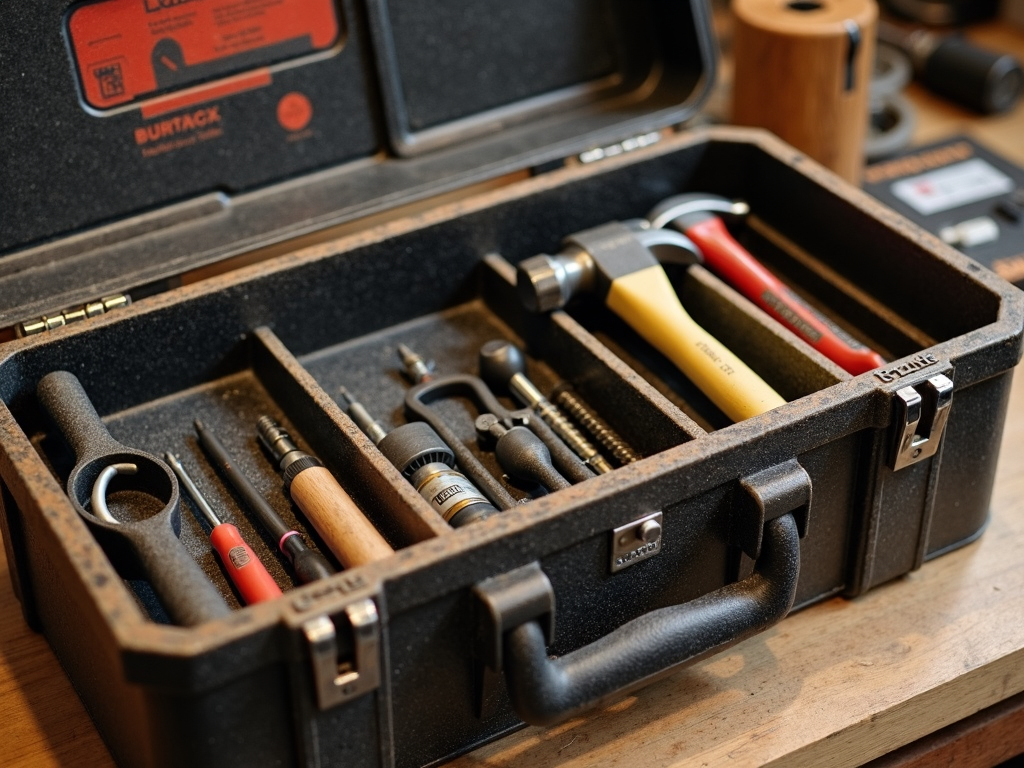
Essential Tools for Every Handyman
Before organizing, stock your toolbox with the basics. Here’s what I consider must-haves:
- Hammers: Perfect for nailing or light demolition.
- Screwdrivers: Flathead and Phillips for all screw types.
- Pliers: Needle-nose for precision, adjustable for bigger jobs.
- Tape Measure: No project works without accurate sizing.
- Utility Knife: Cuts through anything in a pinch.
These essential tools for every handyman are your foundation. For a deeper dive, check out this guide from the National Hardware Association.
Organizing Your Toolbox: Tips and Tricks
Ready to level up? These advanced tips will keep your toolbox sharp and functional.
1. Group Tools by Type
Sort your tools into categories. It’s simple and effective:
| Category | Examples |
|---|---|
| Fasteners | Nails, screws, bolts |
| Cutting Tools | Knives, saws, shears |
| Measuring Tools | Tape, rulers, levels |
This setup lets you grab what you need without thinking twice.
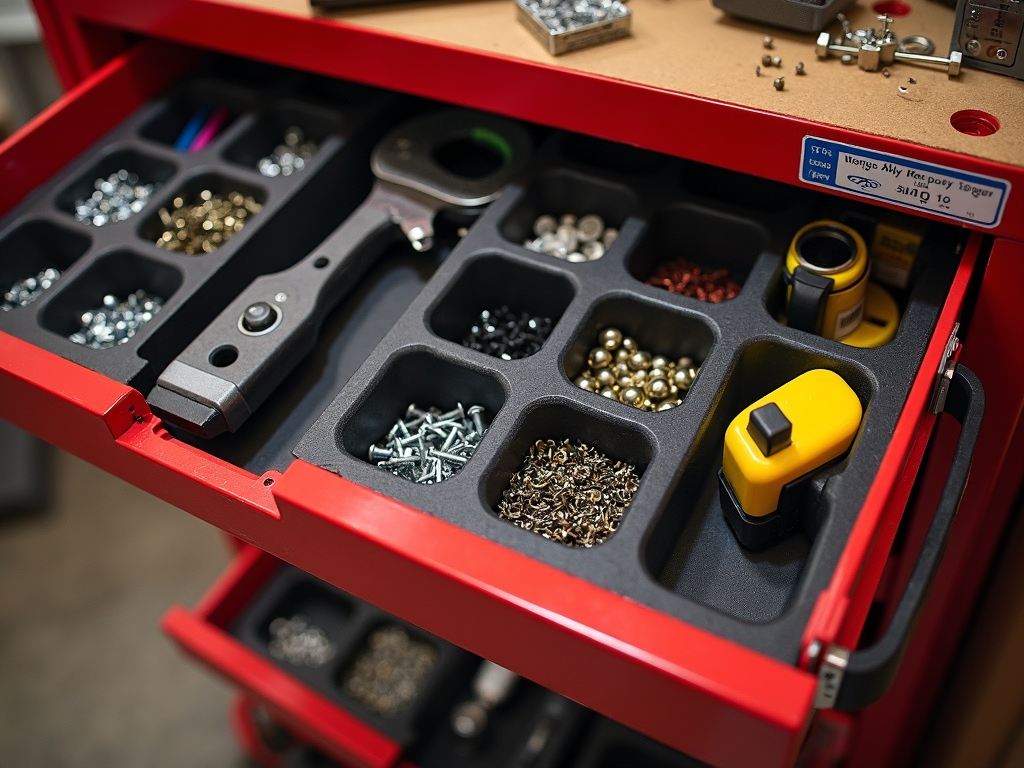
2. Try Foam Inserts
Foam inserts are a game-changer. They hold tools in place so nothing slides around. Here’s how I do it:
- Lay your tools on the foam.
- Trace their shapes with a marker.
- Cut out the outlines with a sharp knife.
It’s a snug fit that protects your workman tools like wrenches and sockets.
3. Label Like a Pro
Labels keep chaos away. Use a label maker to mark drawers and slots. I go further with color-coding:
- Red for cutting tools.
- Blue for fasteners.
- Green for measuring gear.
It’s fast and visual—perfect when you’re in a rush.
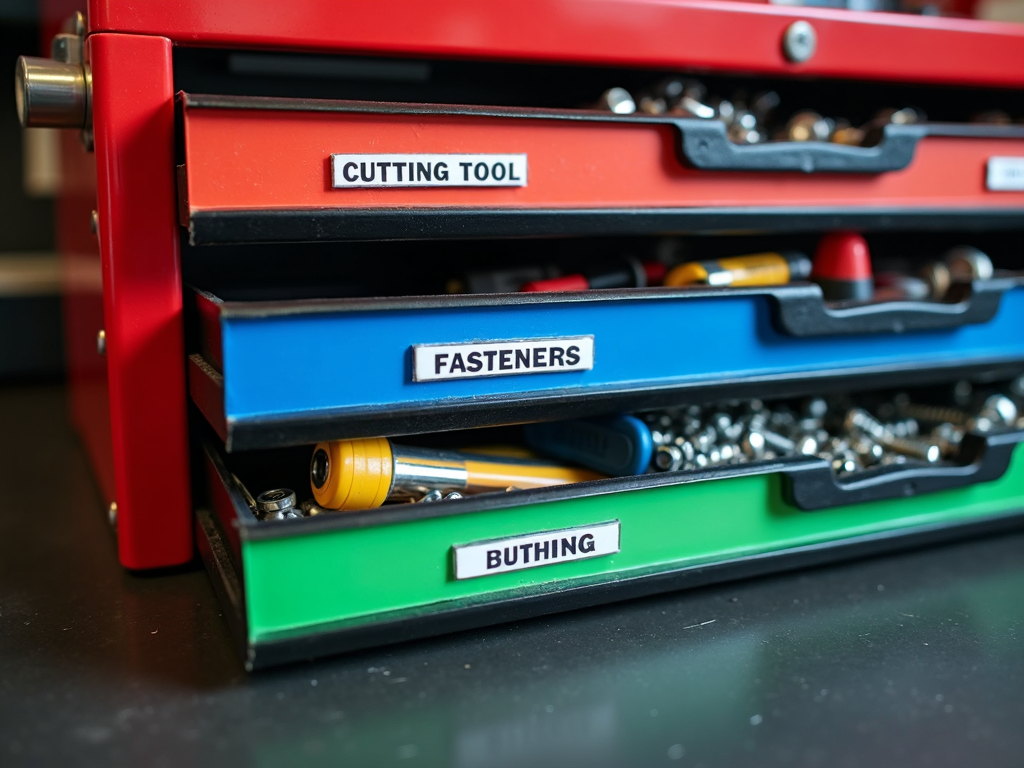
4. Add Magnetic Strips
Magnetic strips are my secret weapon. Stick them inside the toolbox lid or on the side. They hold metal tools like screwdrivers and pliers right where you can see them. No more digging through drawers for the small stuff.
5. Go Modular with Storage
Modular storage adapts to your needs. Use small bins or dividers for tiny parts like screws and nails. I love stackable bins—one for each screw size. For more ideas, see this article from the Tool Institute. It’s all about flexibility.
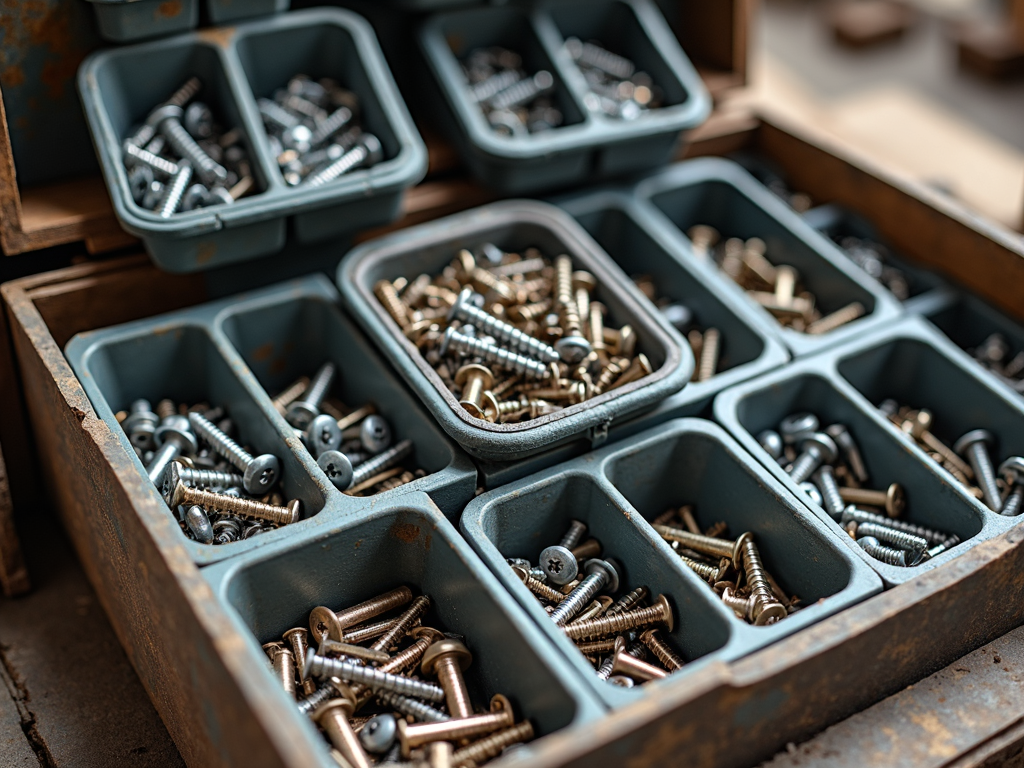
6. Keep It Portable
If you’re on the move, weight matters. Pick a toolbox with wheels or a shoulder strap. I learned this the hard way lugging a heavy box up a ladder. Keep it light with only what you need for the job.
Personal Insights: What I’ve Learned
I’ve been a handyman for years, and toolbox organization has saved me more times than I can count. One trick I swear by: seasonal rotation. In winter, I keep ice scrapers and cold-weather gear upfront. Come summer, I swap in garden tools. It’s a small tweak with big results.
Another lesson? Don’t cram everything in. I used to stuff my toolbox with every gadget I owned. It was a mess. Now, I stick to essentials and store specialty tools—like my drywall saw—separately. Less clutter, more control.
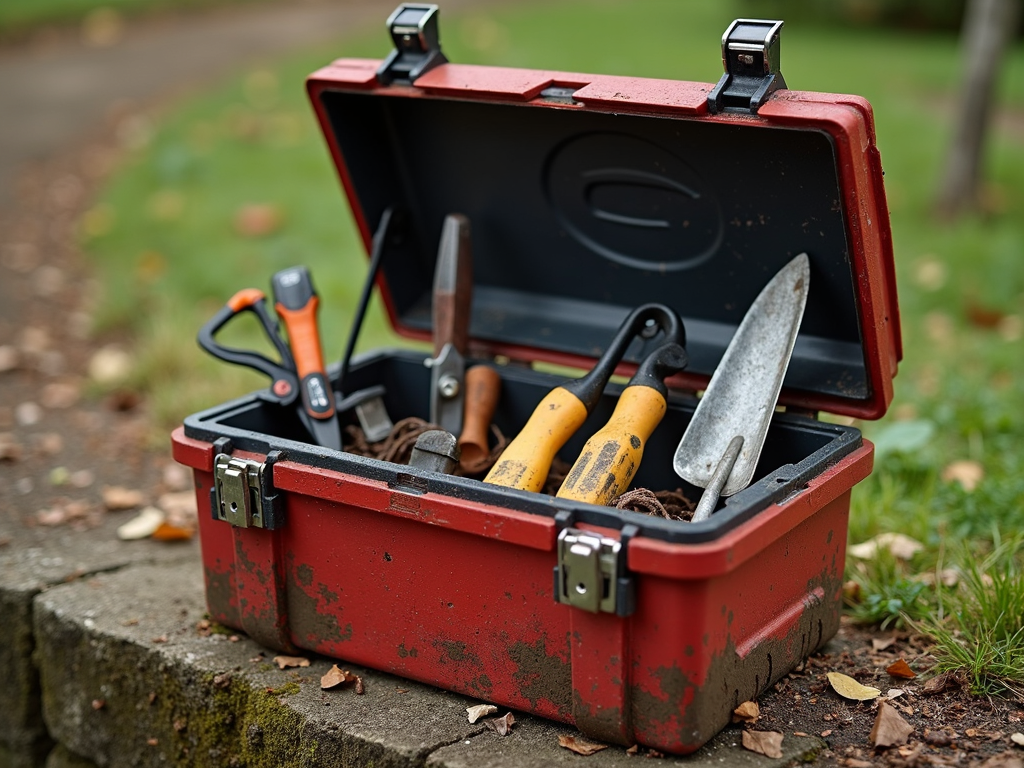
Common Mistakes to Avoid
Even pros mess up sometimes. Here’s what to watch out for:
- Overloading: Too many tools ruin the system.
- Skipping Maintenance: Clean your toolbox monthly to avoid rust and grime.
- Ignoring Small Parts: Loose screws and nails create chaos—contain them.
I once skipped cleaning for months. My hammer rusted, and I had to replace it. Lesson learned.
Tools That Deserve Extra Care
Some workman tools need special attention. Hammers, for example, are tough but can chip if tossed around. Store them upright or in a foam slot. Precision tools like calipers? Keep them in protective cases. A little care goes a long way.
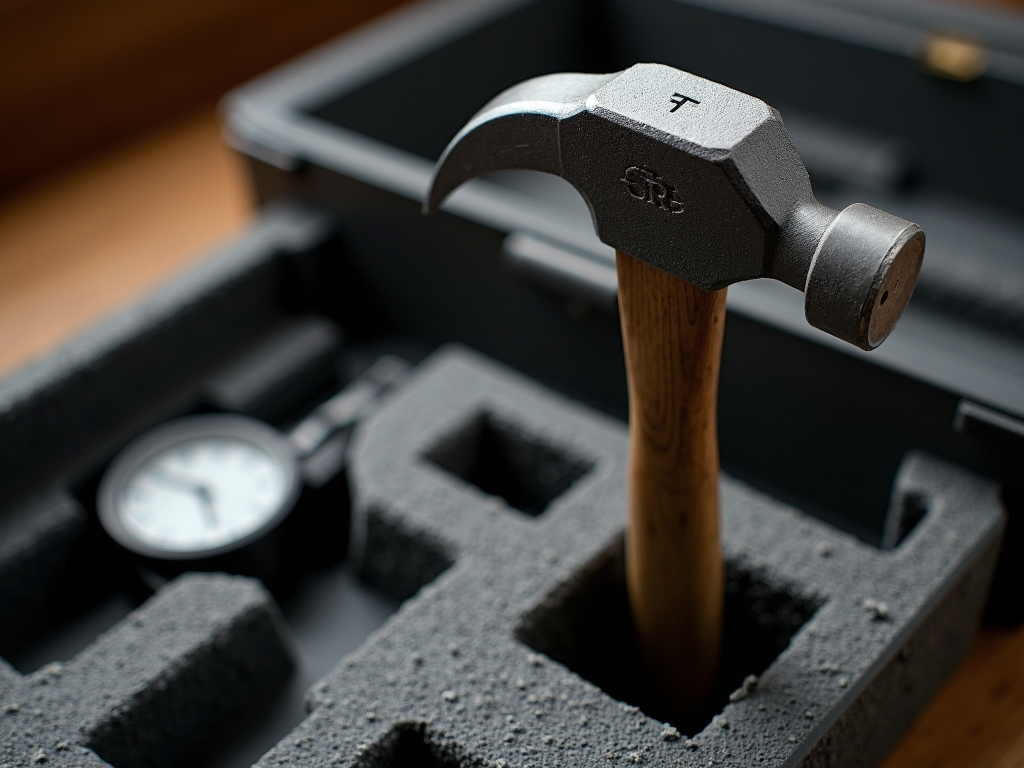
How to Maintain Your Setup
Organization isn’t a one-time thing. Set aside 10 minutes monthly to:
- Wipe down tools to prevent rust.
- Check for missing items.
- Rearrange as your projects change.
I tie this to my calendar—first Sunday of the month. It’s quick and keeps everything running smoothly.
Boost Your Skills with Resources
Want to dig deeper? The Occupational Safety and Health Administration (OSHA) offers great tips on tool safety and storage. Pair that with your new setup, and you’re unstoppable.

Summary
Advanced Toolbox Organization Ideas are about working smarter, not harder. Group your tools, use foam and labels, and keep it modular. Add in personal tweaks like seasonal swaps, and you’ve got a toolbox that’s ready for anything. It’s not just organization—it’s a time-saver and a stress-reducer. Start today, and see the difference.
Related Advanced Toolbox Organization Ideas:
- Must-Have Workman Tools for Every Toolbox: A Comprehensive Guide
- Top 5 Electric Power Washers for Home Use
- A Beginner’s Guide to Essential Construction Tools
- Understanding Nuts and Bolts for Repairs: A Complete Guide
- Rotary Tool Accessories and Attachments: Unlock the Full Potential of Your Power Tool
- Essential Guide to Automotive Tool Care: Tips for Extending Tool Lifespan
- Top 10 DIY Projects Using Basic Tools
- Choosing Your First Power Tool
- Power Tools for Woodworking Enthusiasts
- Advanced Techniques for Power Tool Safety: A Comprehensive Guide
- Essential Worker Safety Tips for Construction Sites
- Workman Tools: A Guide to Choosing the Right Equipment



